A Historical Game of Soccer – Florentine Style
*Featured photo above by Giuseppe Sabella
Calcio Storico Fiorentino (historic football) is an early form of football that originated in 16th-century Italy. Once widely played, the sport is thought to have originated in Piazza Santa Croce in Florence, where the game is still played today each year. Here it became known as the Giuoco del Calcio Fiorentino or simply calcio, which is the name for Soccer in Italian and also means to kick .
Calcio was reserved for rich aristocrats who played every night between Epiphany and Lent. Even Popes, such as Clement VII, Leo XI and Urban VIII were known to play the sport in the Vatican City. The game has always been quite violent despite the apparent rules of play. One of the most famous matches played in history was held on February 17, 1530, in defiance of the imperial troops sent by Charles V, as the city was under siege. The Florentines made a mockery of the enemy by playing the game in full view accompanied by loud and merry music.
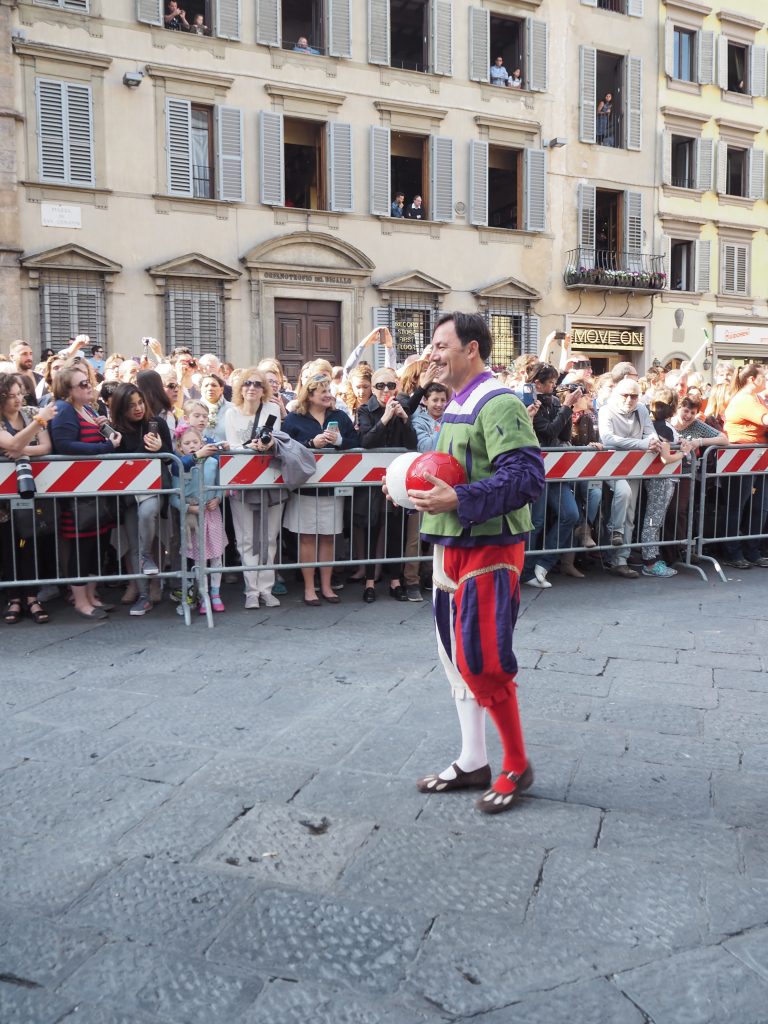
The official rules of calcio were published for the first time in 1580 by Giovanni de’ Bardi, a Florentine count. Each team comprises of twenty-seven players who are allowed to use both feet and hands to pass and control the ball. Goals (or cacce) are scored by throwing the ball over into the netting that stretches the length of the short end of the field. There is a main referee, six linesmen and a field master. Each match is played out for fifty minutes with the winner being the team with the most goals scored.
Today, three matches are played each year in Piazza Santa Croce in Florence during the third week of June. A team from each quartiere of the city is represented:
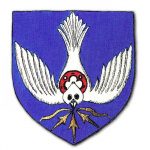
Santo Spirito / Bianchi (Whites) 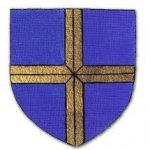
AZZURRI – SANTA CROCE 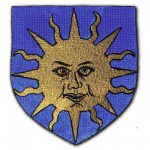
ROSSI – SANTA MARIA NOVELLA 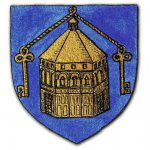
VERDI – SAN GIOVANNI
The teams who play each other in the first game are decided Easter Sunday during the ‘Scoppio del Carro’ event. Four marble eggs coloured to represent each team; blue, red, green and white are placed in a velvet pouch. The first two colours to be drawn will play the first match and the other two will play the second.
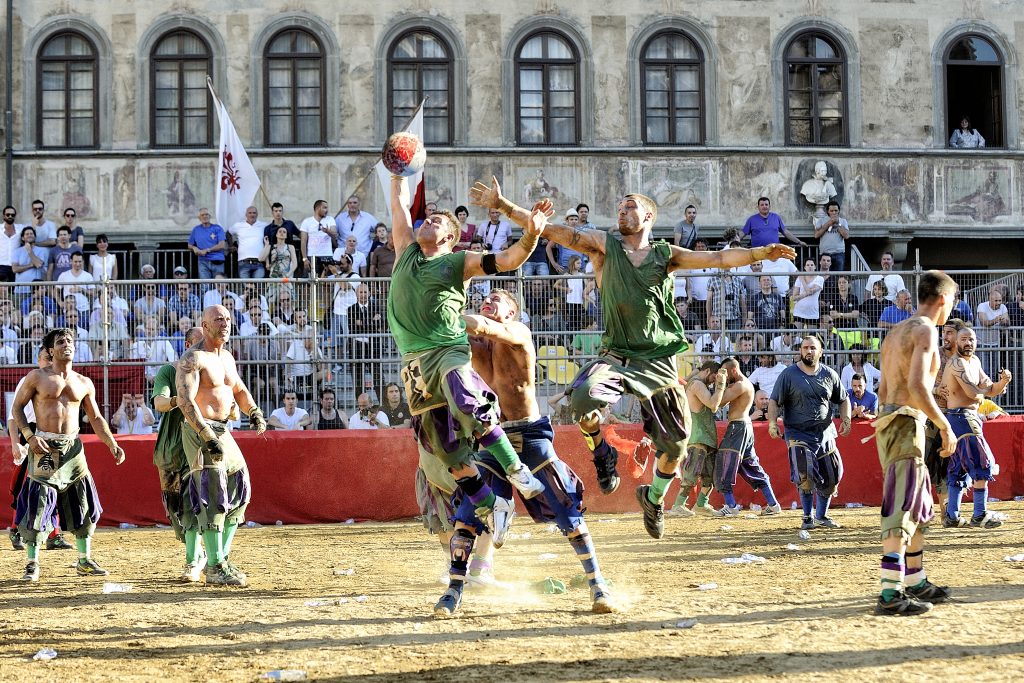
After playing each other in two opening games, the two overall winners go into the final which occurs each year on June 24th. The modern version of calcio allows tactics such as head-butting, punching, elbowing, and choking. Punches and kicks to the head are banned. It is also prohibited for more than one player to attack an opponent but these rules seem never to be followed. Any violation leads to being thrown out of the game.
Matches last fifty minutes and no substitutions are allowed for injured or expelled players. The teams are made up of four Datori indietro (goalkeepers), three Datori innanzi (fullbacks), five Sconciatori (halfbacks), and fifteen Innanzi o Corridori (forwards).
The referee and his six linesmen referee the match in collaboration with the Judge Commissioner, who remain off the field. The referee, above everyone else, is the Master of the Field. He makes sure the games runs smoothly, stepping onto the field only to maintain discipline by hitting the players with a long stick to re-establish order in case of a fight on the field.
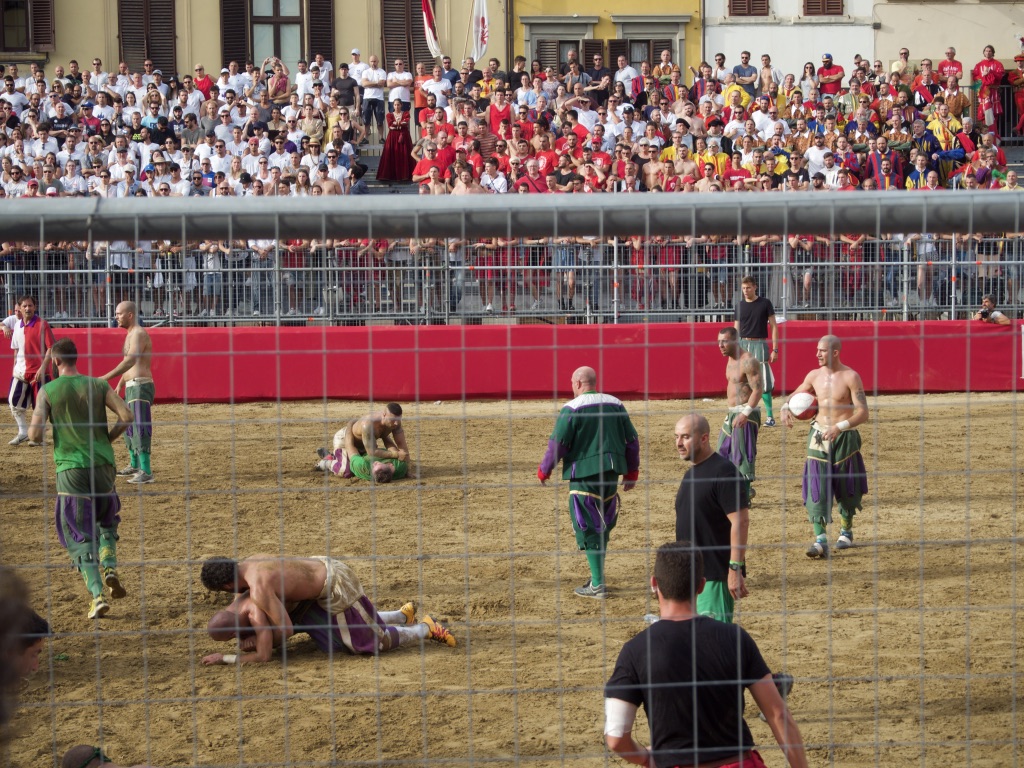
There is also the Aquaiolo who throws water onto fighting players.
The game starts when the Pallaio (referee) throws the ball in the air towards the center line, then at the first whistle, fifteen forwards or Corridori begin fighting in a wild and aggressive display designed to tire their opponents’ defenses, but which often descends into an all-out brawl, as they try to pin down as many of the best players as possible. Once there are enough incapacitated players, the other teammates come in to grab the ball and head to the goal. This is followed by a small cannon firing which announces the beginning of the contest.
From this moment on, the players try by any means necessary to get the ball into the opponents’ goal. The teams change sides with every caccia or goal scored. Every time a player throws or kicks the ball above the net, the opposing team is awarded with half a caccia. The game ends after fifty minutes and the team which scored the most cacce wins.
The prize for the winning team is a symbolic Chianina cow and a free dinner and of course the honour of the title!
[…] truly understand the essence of Calcio Storico Fiorentino, we must journey back in time to its origins. The roots of this captivating sport can be found in the streets of Renaissance […]